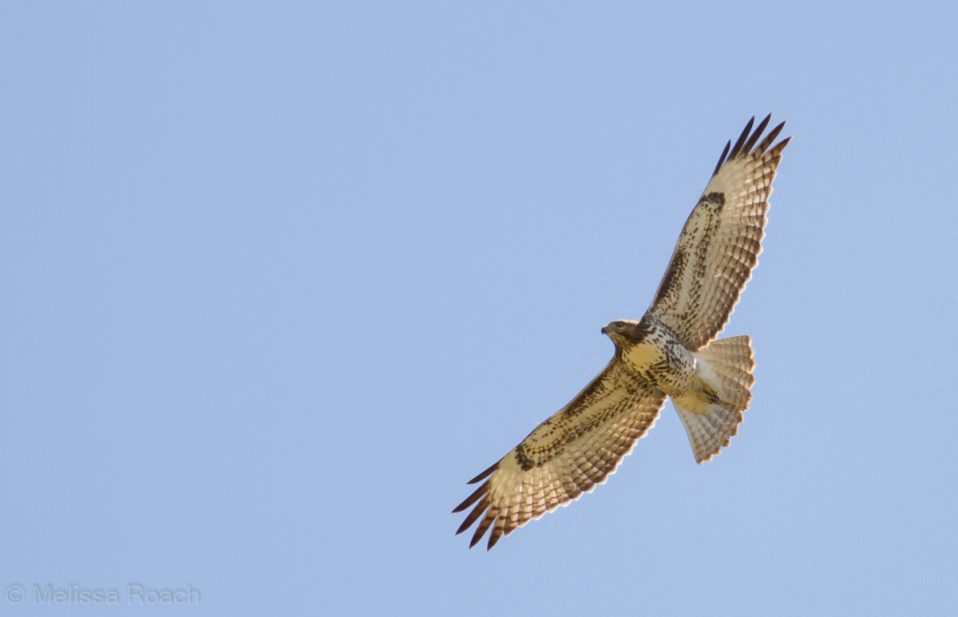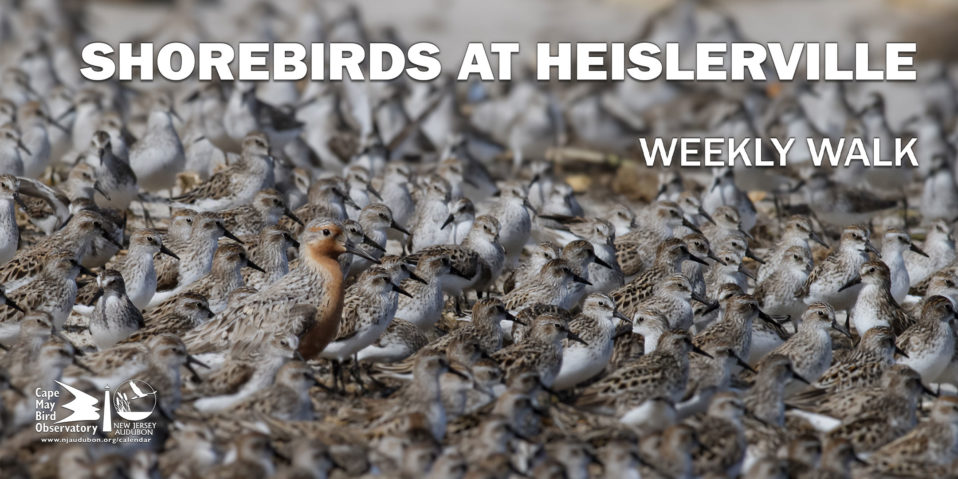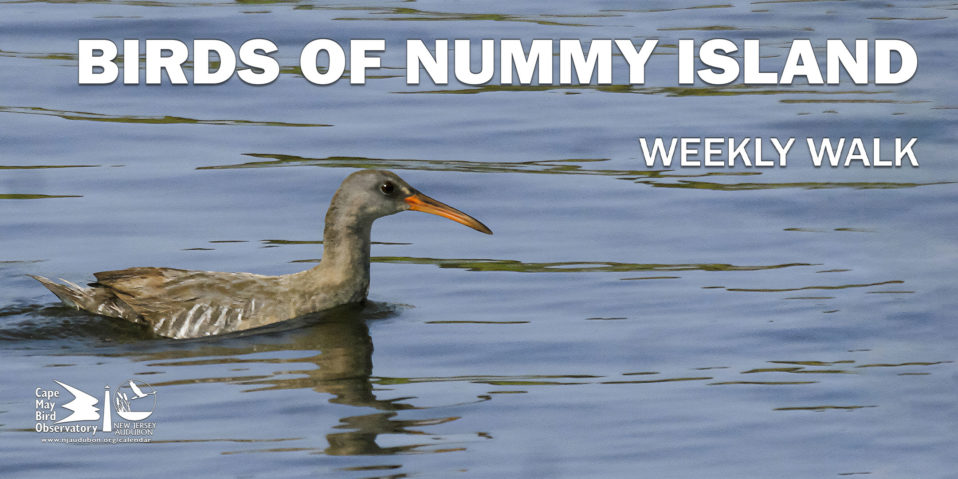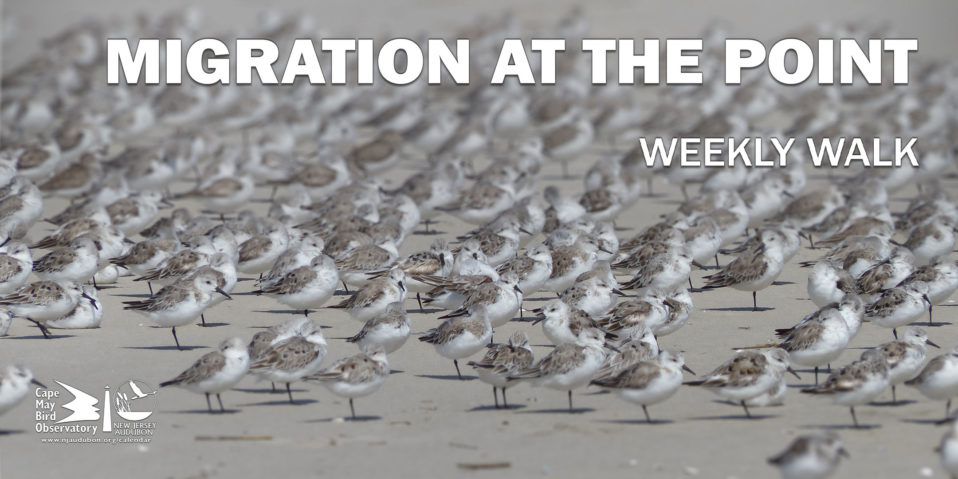As we round out the fourth week of the 2020 fall season, it’s clear that we have reached the beginning of the end for Broad-winged Hawk migration. We’ve had a couple decent Broad-wing movements but numbers are still low compared to previous years; here’s hoping for a good day or two following next week’s cold snap!
As we prepare to say goodbye to our early season buteos, Sharp-shinned Hawks have taken center stage and are steadily increasing to claim the throne as our most common bird. Along with the Sharpies, we have had a smattering of Northern Harriers and Red-shouldered Hawks; these sightings, along with the scattered leaves of black cherry and red maple, tell us that changes are coming on fast and it will be interesting to see how the season progresses.
Here are some highlights from the first four weeks:
Week 1:
Opening day, September 1, was hot and largely cloudless. The first birds of the season were a small flock of Killdeer headed southeast through the hazy morning sky. Despite the tough conditions, I managed to have a decent day highlighted mainly by the diversity of raptors that came by. I was delighted to see my first kettle containing all three regular buteos and a couple osprey circling directly over the platform in the mid-afternoon.
Over the course of the rest of the week I became familiar with the local family of Red-tailed Hawks and Common Ravens and observed a fair amount of songbird migration. A single spunky Red-breasted Nuthatch took up residence on the edge of the quarry and many warblers filtered through.
Week 2:
Raptor migration remained slow but steady this week with our greatest highlight coming on Friday when on top of nine species of raptors, six species of warblers passed the watch including Cape May and Tennessee Warblers. I used this time to become familiar with the topography surrounding the watch and begin to refine a strategy for the count.
Week 3:
This week gave us the bulk of our Broad-wing totals so far. Strong northeast winds on Monday produced a flight that started in the mid-afternoon and continued just about until we left. The next morning the flight picked up right where it left off, I was lucky enough to see groups of broad-wings picking up straight out of the trees to resume their journey south. Over these two days we counted nearly 350 broad-wings, most of which came through in a period of just over three hours. On Friday we tacked on another 80 broad-wings and rounded out a good week.
Week 4:
A cold snap over the weekend brought a few definitive signs of change to the watch. We had our first White-Throated Sparrows, Dark-eyed Juncos, and Yellow-rumped Warblers stopping by and some migrant Blue Jays and Robins heading south. The local Blue Jays have been hard at work ferrying acorns out of the big oak in the corner known affectionately as “the Don King tree” for the unruly “hairstyle” it had as a younger tree.
Other highlights from this week were a single Blue Grosbeak and a Selasphorous type Hummingbird that blew through and only allowed a quick glimpse of its buffy-orange flanks.
As I mentioned above, this week was also a turning point for our cast of raptors. Sharp-shinned hawks are coming in and the chances for a big Broad-wing day seem to be growing slimmer with no forecast of good north-northwest winds for the coming week.
This first month on the watch has come with a unique host of challenges and rewards and I am excited to see what the rest of the season holds.
By Will Kaselow
Montclair Hawk Counter








